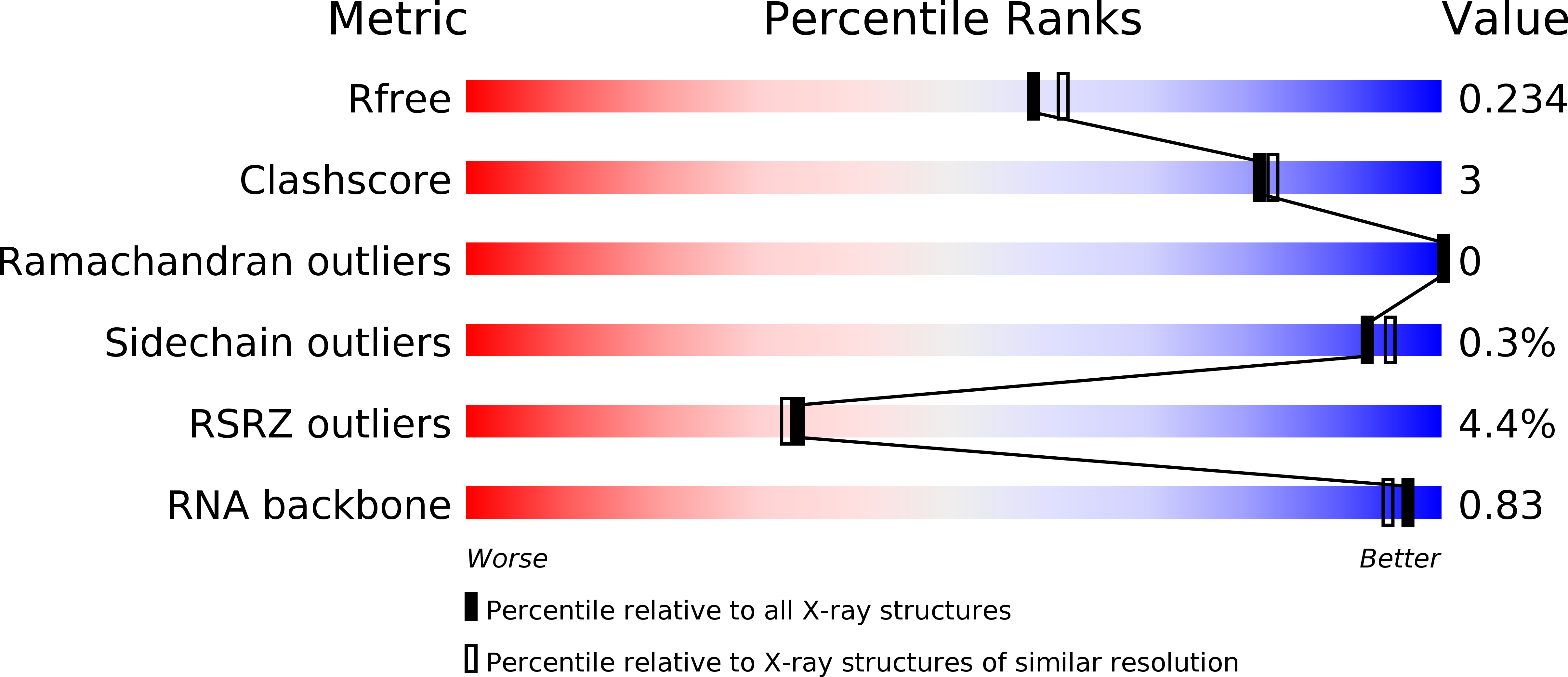
Deposition Date
2014-12-05
Release Date
2015-05-20
Last Version Date
2024-02-28
Entry Detail
PDB ID:
4RWN
Keywords:
Title:
Crystal structure of the pre-reactive state of porcine OAS1
Biological Source:
Source Organism:
Sus scrofa (Taxon ID: 9823)
synthetic construct (Taxon ID: 32630)
synthetic construct (Taxon ID: 32630)
Host Organism:
Method Details:
Experimental Method:
Resolution:
2.00 Å
R-Value Free:
0.23
R-Value Work:
0.18
R-Value Observed:
0.19
Space Group:
P 43 21 2


